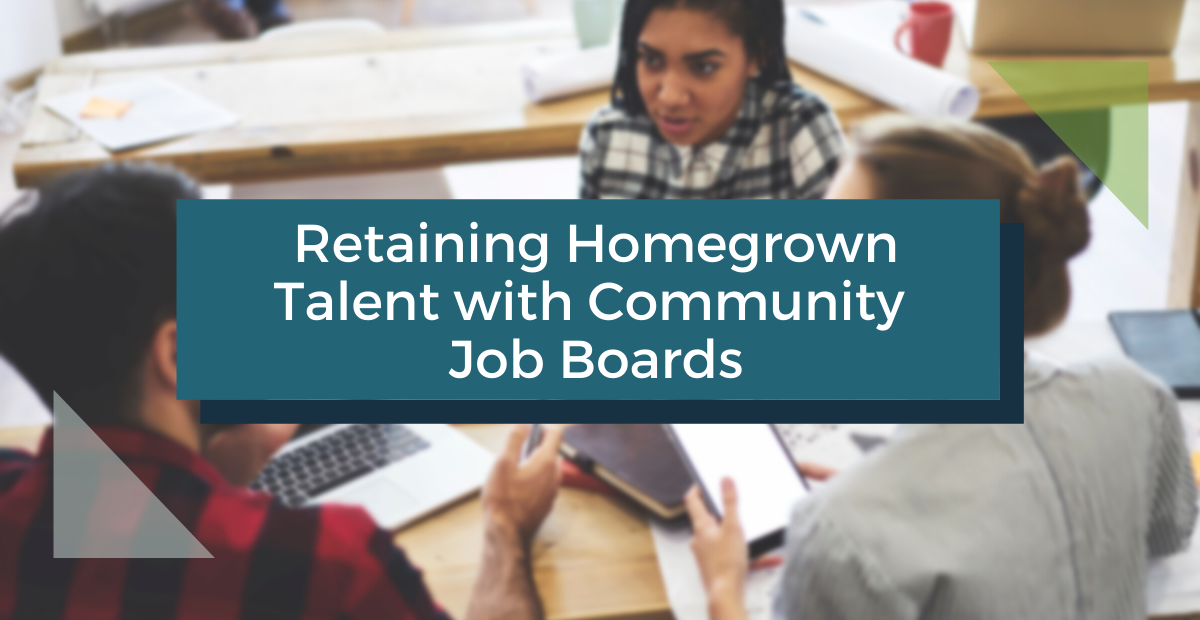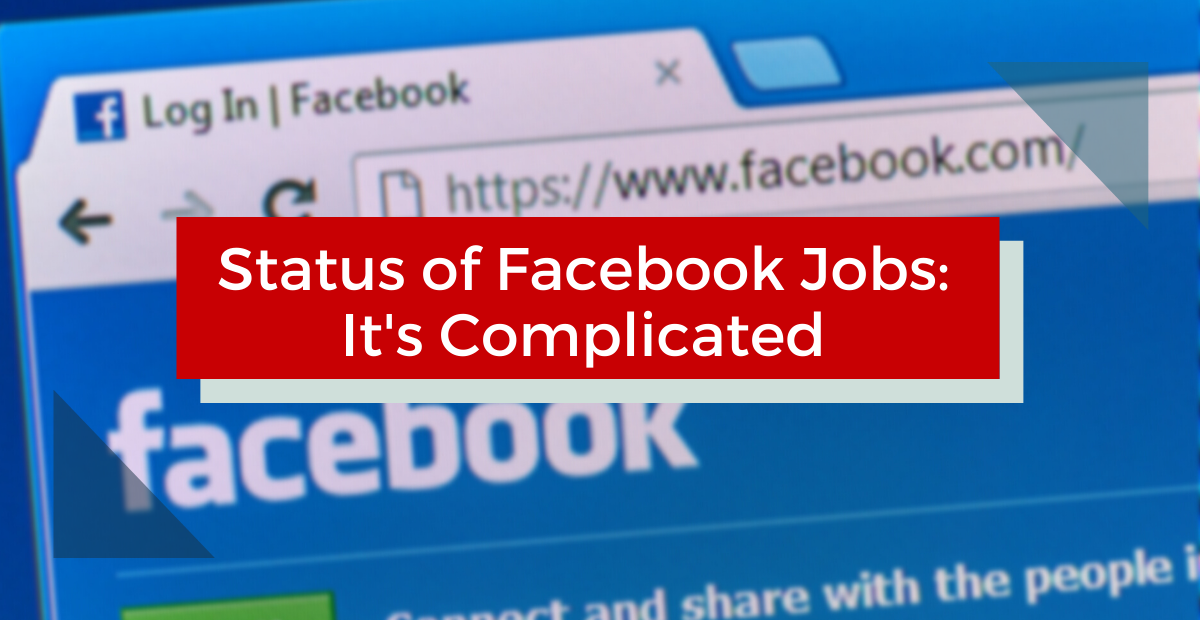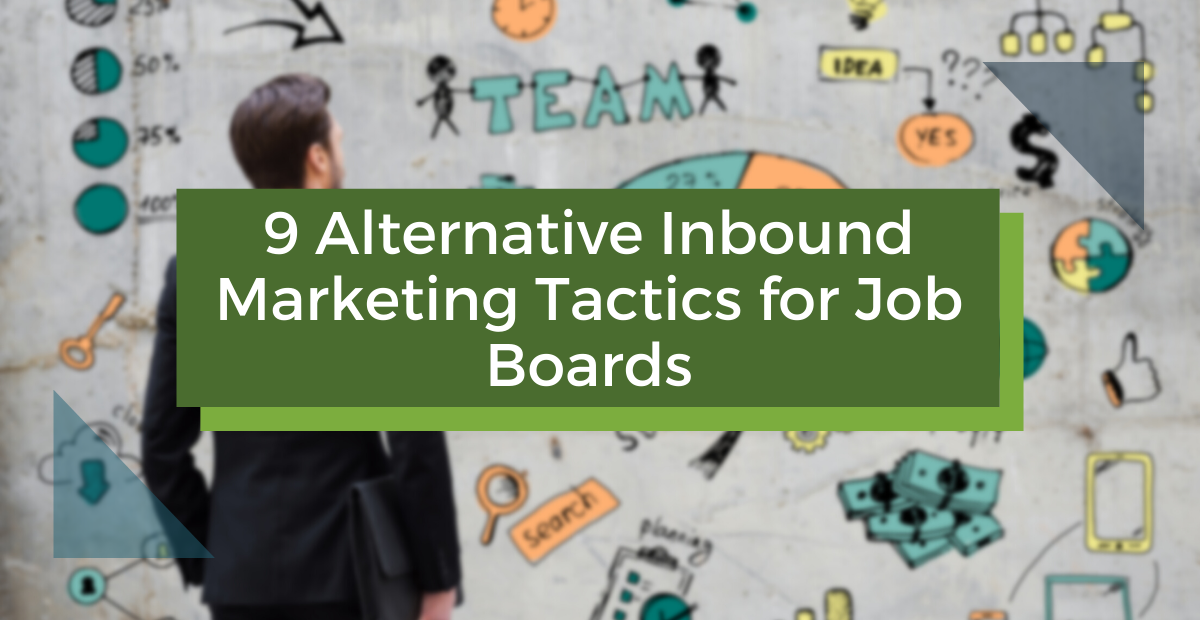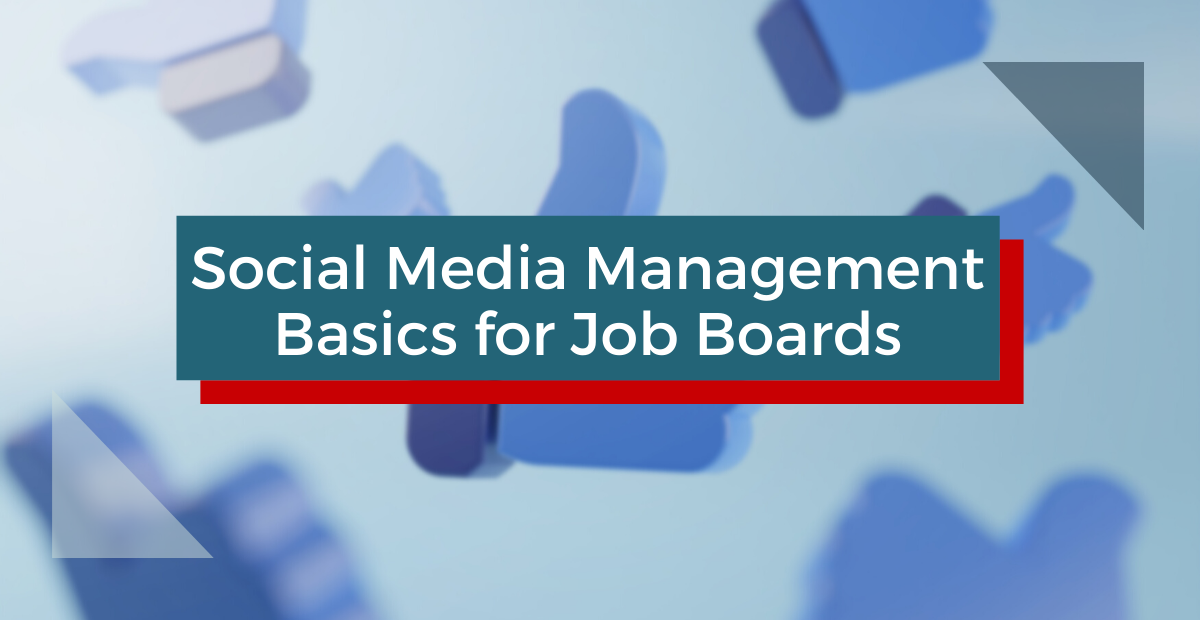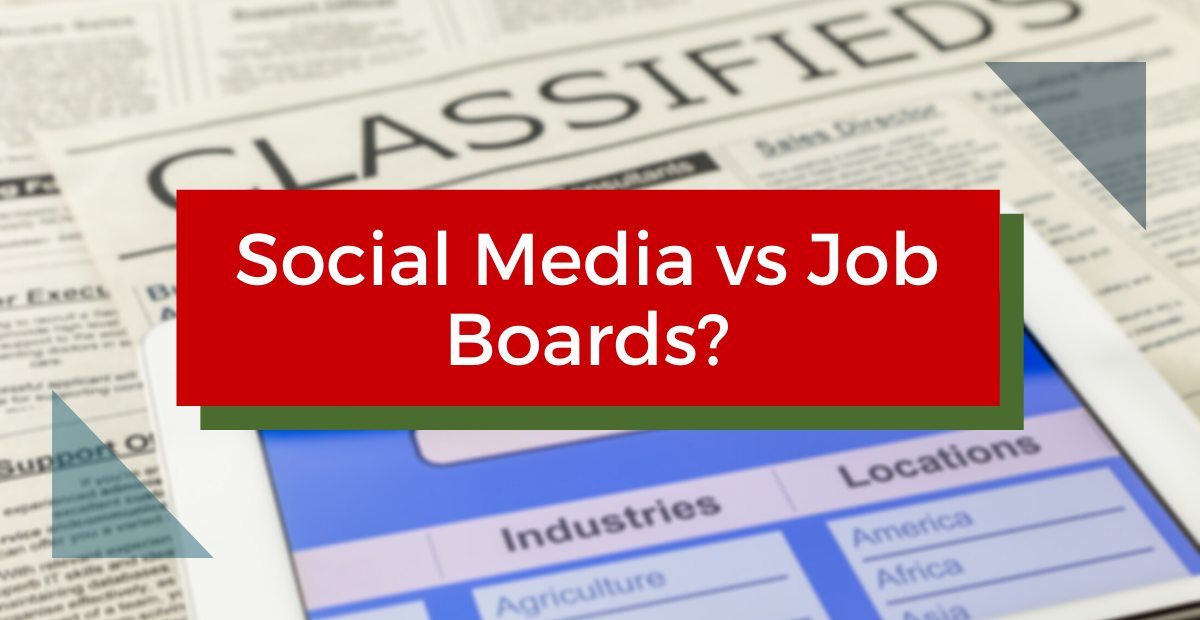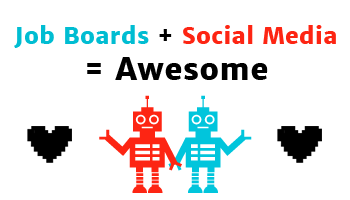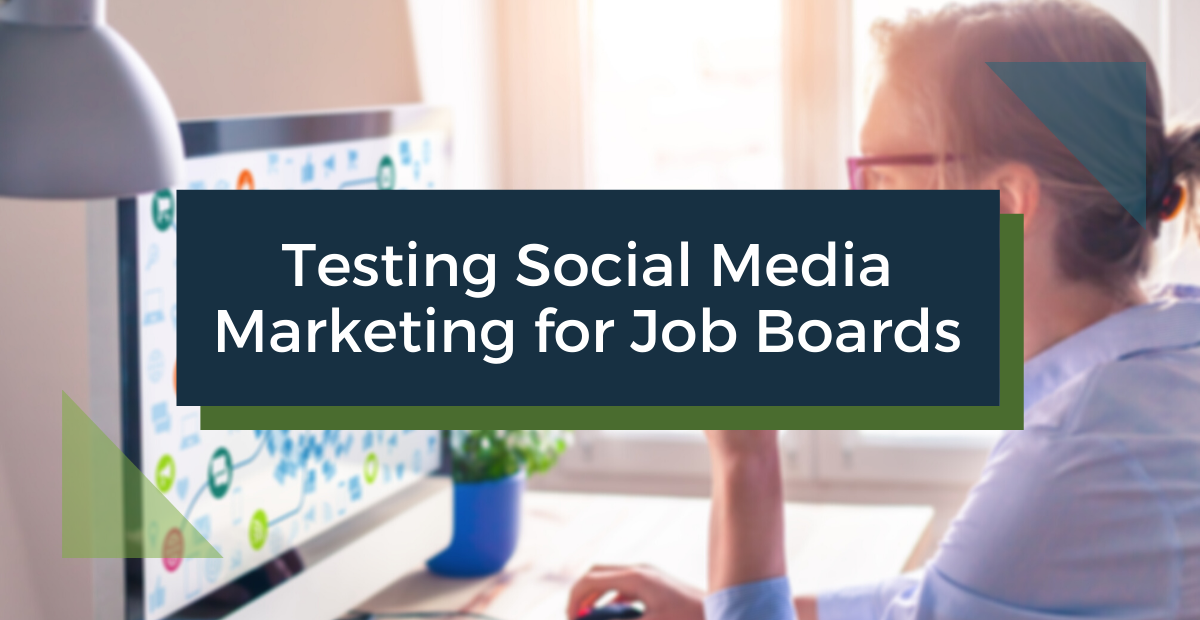Recently, we talked about the challenges that smaller towns and cities face, along with their chambers of commerce and local governments, when it comes to attracting and retaining a skilled workforce.
Many municipalities, their leaders, and businesses are working hard to make their communities great places to live and work, and are proud to see their youth achieve success in school and work. But they still struggle with being able to effectively connect those young people with the kinds of opportunities that will allow them to stay there and help grow the businesses that employ them.
So how can a community job board run by a chamber of commerce or municipal government help retain their young, homegrown talent?
To answer that question, we need to look at some key factors that make a community job board successful:
Continue reading “Retaining Homegrown Talent with Community Job Boards”

